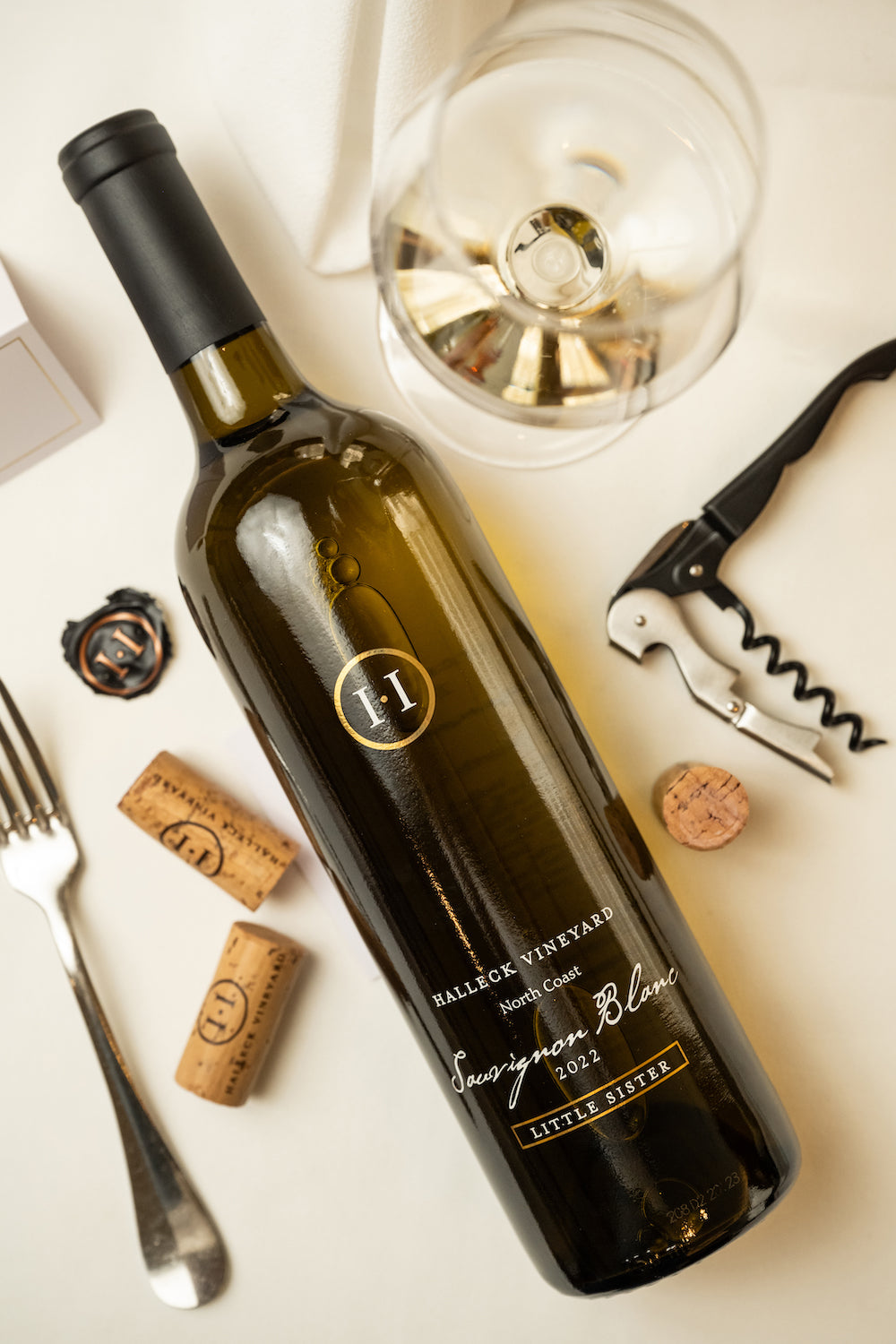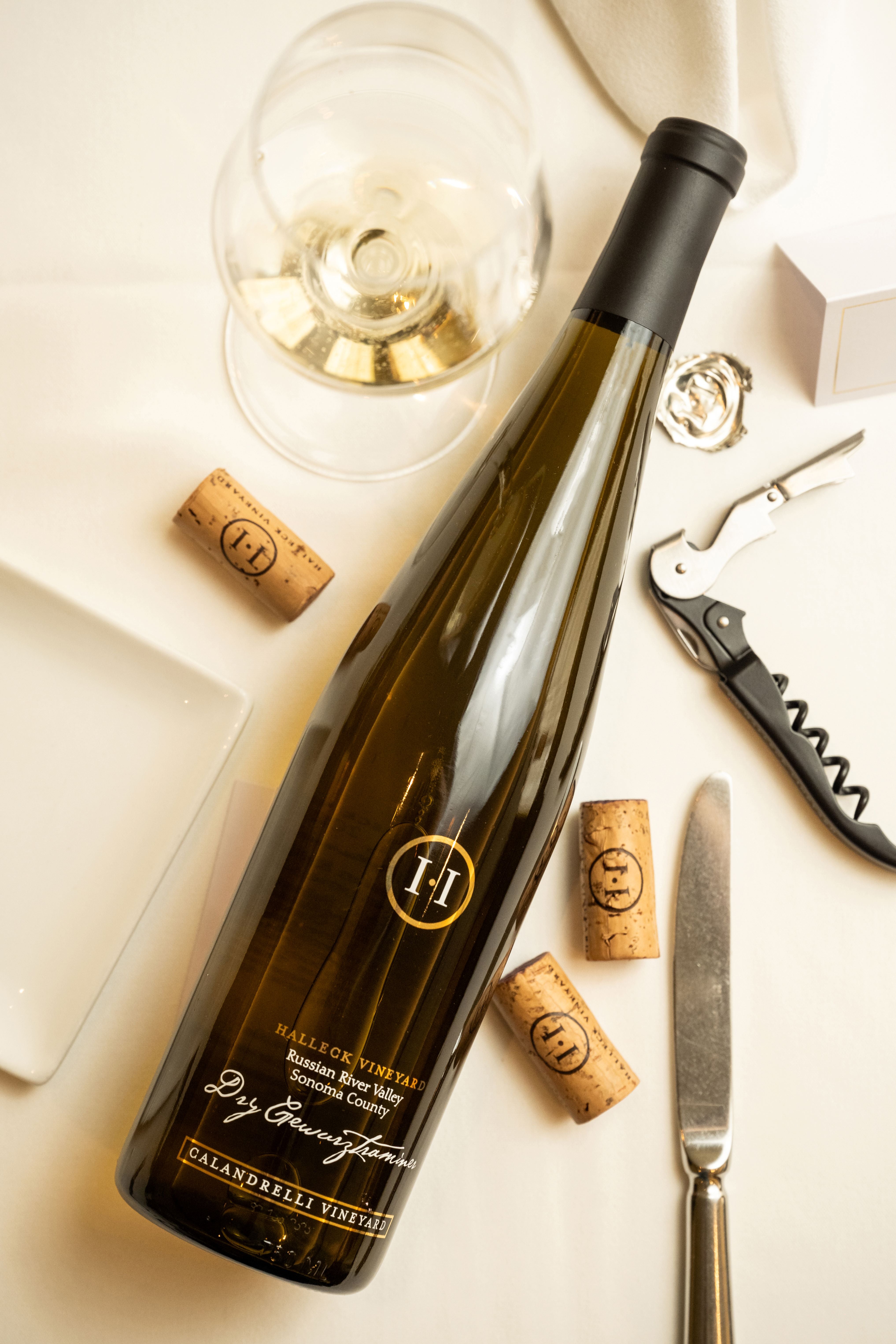Family-Oriented Wine Tasting Venues In Sebastopol - Celebrated Wineries Around Sebastopol
Wine tasting is an art that combines sensory experience with an appreciation for the nuances of various varietals. How to evaluate flavors in winery wine tasting classes is pivotal to grasping the complexities of wine.
Participating in a wine tasting entails greater than simply sipping and savoring. It requires a focused method to identify aromas and flavors that each wine presents. As you begin, observe the wine's look, noting its shade and readability. These visual cues often recommend a wine’s age, grape selection, and even potential flavor profiles.
The next step in the tasting course of is to swirl the wine in your glass. This action releases aromatic compounds which might be important for evaluation. Lean in and take a moment to inhale deeply; the aromas can vary from floral and fruity to spicy and earthy. The nostril of the wine is simply as essential because the palate, and recognizing scents plays a major role in understanding the general experience.
When taking your first sip, allow the wine to maneuver throughout your palate - Wineries That Offer Barrel Tastings. Discover the initial flavors that current themselves. Is the wine fruity, floral, or perhaps herbaceous? This initial taste provides insight into what the wine is more likely to express as you continue to evaluate it. The mouthfeel also contributes to the general flavor experience; it may be silky, tannic, and even effervescent.
Wine Tasting Trails In Sonoma Valley - Wine Tasting Experiences In Sebastopol
As you continue tasting, take note of the wine’s steadiness. A well-balanced wine will harmonize acidity, sweetness, and tannins. If one component overwhelms the others, it would point out a much less fascinating high quality. Evaluating stability might help you establish how well the wine would possibly pair with food.
Transitioning to the end, consider how the flavors evolve as the wine lingers on your palate. A lengthy, nice finish can indicate a high-quality wine, whereas a short or abrupt end might recommend in any other case. Reflect on whether or not the flavors stay consistent or if new notes emerge because the wine settles. This development can reveal complexities and intricacies which may not have been obvious in the preliminary tasting.
Temperature can be a crucial consider evaluating wine flavors. Different kinds of wine are optimally enjoyed at particular temperatures. White wines typically shine when chilled, while red wines generally carry out greatest at room temperature. When tasting, make sure the wine is at the acceptable temperature to totally appreciate its character.
Hidden Gem Wineries In Sonoma County - Sebastopol's Vibrant Wine Scene
Pairing food with wine can significantly enhance the tasting experience. Foods can influence the notion of flavors in wine, both highlighting sure characteristics or diminishing them. When evaluating flavors, consider how the wine interacts with different foods, noticing which flavors are amplified or muted (Beautiful Picnic Areas At Sonoma Wineries).
Think About the influence of terroir as you interact in a winery tasting. Terroir encompasses the unique environmental elements that have an result on grape growing, including soil composition, local weather, and geography. Understanding a wine's terroir can provide perception into its flavors and aromas, fostering a deeper appreciation for the choices made during its cultivation and production.
Education plays a elementary position in enhancing one's capacity to judge wine flavors. websites Learning about grape varieties, wine areas, and manufacturing methods can pave the way in which for extra informed judgments during tastings. Moreover, attending workshops or classes can refine sensory skills and increase your flavor vocabulary, enabling you to articulate tasting notes extra successfully.

Lastly, it's important to do not neglect that evaluating wine flavors is a highly personal experience. Particular Person preferences and perceptions will invariably form one’s tasting journey. Enjoyment must be at the forefront, with the evaluation course of appearing as a device to reinforce understanding and appreciation somewhat than create inflexible pointers.
Artisan Wineries In Russian River Valley - Wineries With Stunning Views In Sonoma
In conclusion, mastering the method to evaluate flavors in winery wine tasting classes involves a mixture of sensory engagement, information, and practice. By learning to determine aromas, assess the steadiness, and respect the intricacies of flavor, wine enthusiasts can deepen their connection to every bottle they encounter. As with any art kind, the extra one immerses themselves in the experience, the extra they'll discover and enjoy the vast world of wine.
- Begin by observing the wine's shade and readability, as these visual elements can trace at its flavor profile and growing older potential.
- Swirl the wine gently in your glass; this releases aromatic compounds, allowing you to better determine the advanced scents related to the wine.
- Take a deep inhale earlier than tasting, specializing in each main and secondary aromas to gather insights on fruits, spices, and different nuances.
- When tasting, permit the wine to coat your palate; note the initial flavors, the mid-palate complexity, and the finish as these levels can provide totally different flavor highlights.
- Pay consideration to texture and mouthfeel, as aspects similar to tannin ranges, acidity, and sweetness contribute considerably to the general tasting experience.
- Examine flavors towards normal wine characteristics; for red wines, consider berry notes, oak influence, and herbal tones, whereas whites could embody citrus, stone fruits, and floral hints.
- Take notes in the course of the tasting session to trace your impressions, helping you to remember and evaluate the totally different wines sampled.
- Talk About your findings with fellow tasters or winery employees, as sharing insights can enhance understanding and appreciation of individual flavors.
- Enable time for the wine to breathe; generally, flavors evolve and reveal new dimensions after being uncovered to air.
- Experiment with food pairings in the course of the tasting as they'll dramatically alter how flavors are perceived, influencing general enjoyment.undefinedWhat should I look for when evaluating the aroma of wine during a tasting?
Begin by swirling the wine in your glass to launch its aromas. Convey the glass to your nose and take a deep breath. Pay attention to the primary scents you detect, as these are sometimes probably the most prominent. Look for fruit, floral, natural, or earthy notes and attempt to identify particular traits, which is in a position to deepen your understanding of the wine's complexity.
Wine Tasting Experiences With Local Cheese - Wineries To Explore In Sonoma Valley

How can I distinguish between different flavor profiles in wine?
Perceive that flavor profiles are sometimes categorized as fruit, floral, herbaceous, spicy, or mineral. Take small sips and allow the wine to coat your palate. Notice the first flavors that emerge first and the subtle notes that observe. This layering is important in distinguishing the wine's traits and will help you respect its unique profile.
Interactive Wine Tasting Experiences In Sonoma - Vineyards In The Sonoma Region
What is the importance of the wine's texture in a tasting?

The texture of the wine, also referred to as mouthfeel, plays a vital role in how we understand flavors. Pay attention as to whether the wine feels smooth, creamy, or gritty. The body of the wine (light, medium, or full) can improve or contrast with flavors, offering a extra rounded experience during tasting.
How do I assess the stability of flavors in wine?
Stability in wine refers to the concord between acidity, sweetness, tannin, and alcohol. Take a moment see to assess whether these parts complement or intrude with each other. A well-balanced wine could have none of its parts overpowering the others, creating a nice tasting experience.
Sonoma's Top Sparkling Wine Producers - Sonoma Wine Retreats
What position does temperature play in evaluating wine flavors?
Temperature can significantly influence the perception of flavors. Generally, purple wines are finest served barely beneath room temperature, whereas white wines benefit from being chilled. As the temperature modifications, the aromas and flavors can shift, permitting you to understand different traits. It’s essential to style wine at its optimal temperature for true analysis.
Wineries Ideal For Large Groups - Tasting Fine Wines In Sonoma County
How can I improve my tasting skills over time?
Practice is essential to improving your tasting skills. Wineries With Sustainable Practices. Attend tastings, keep a journal of your experiences, and explore different types of wines to broaden your palate. Additionally, studying about wine production and grape varieties can provide context that enhances your analysis course of, making you a more knowledgeable taster.
Is there a particular order in which I ought to style the wines?
Wine Tasting Experiences With Local Cheese - Exploring Sonoma's Wine Landscape
Sure, it’s advisable to style wines from light to full-bodied and dry to sweet. This progression prevents the stronger flavors from overshadowing the extra delicate ones, permitting you to fully respect every wine's characteristics and nuances without palate fatigue.
How can I evaluate the aftertaste of wine?
Wineries With Locally Sourced Food Options - Best Wine Tasting Spots In Sonoma County
The aftertaste, or end, is a crucial side of the wine-tasting experience. After swallowing, pay consideration to how lengthy the flavors linger in your palate and whether or not they change. A long, pleasant finish is often an indicator of a high-quality wine, while a brief or disagreeable end might suggest otherwise.
Why is it important to notice the wine’s acidity throughout tasting?
Acidity contributes to the general freshness and structure of the wine. Pay attention to the tingling sensation in your tongue; larger acidity can improve the wine's liveliness and stability out sweetness. Noting acidity helps determine the wine's versatility with food and its aging potential.
What ought to I do if I wrestle to determine specific flavors in wine?
Romantic Winery Destinations In Sebastopol - Scenic Wineries Of Sebastopol
Struggling to identify flavors is common, especially for beginners. Focus on broader categories and describe what you can recognize, such as candy or earthy notes. With practice, studying about totally different flavor profiles, and maybe using flavor wheels, you will refine your senses and develop a more nuanced approach to tasting.